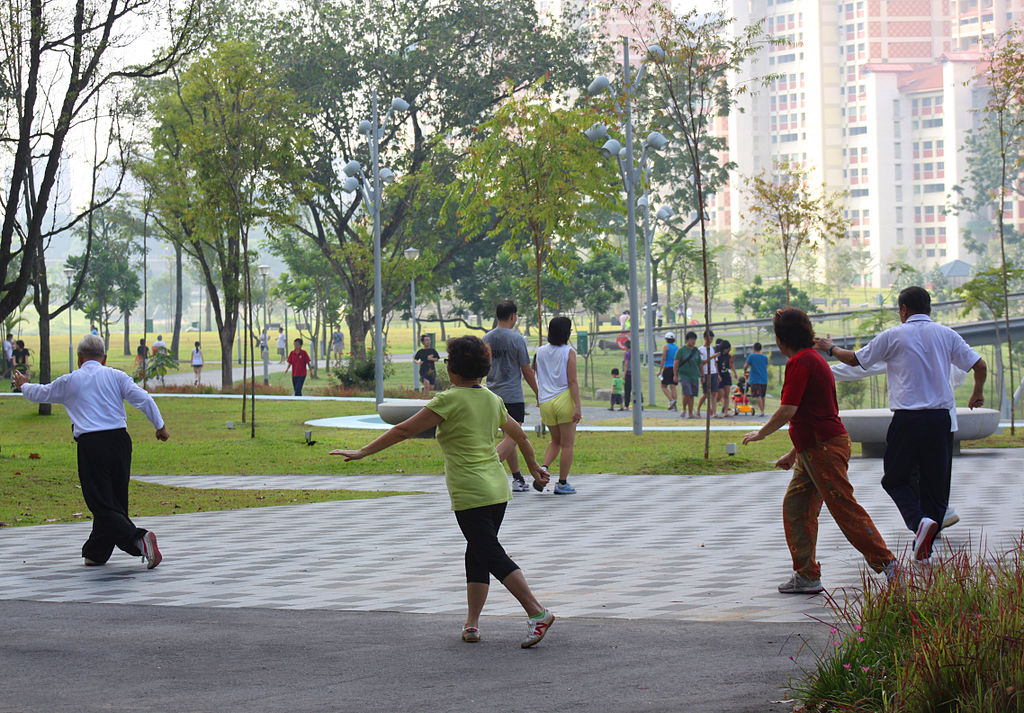Although, over the course of the two years, no less than 347 people participated in the preliminary briefing held before recruitment interviews, and the prefecture felt that many seniors were interested in working at nursing care service sites, only 178, around half of them, proceeded to the interview stage. This is thought to be because of a mismatch in the preferred working hours between workers and employers; although the senior workers preferred working a shorter time, such as “2-3 days a week” or “morning only”, the facilities wanted them to work, if possible, “5 days a week” and not only morning but also “late afternoon”, when workers raising children left and it gets busy.
Another factor is that not many facilities are ready to accept nursing care assistants.
Another issue was related to “defining work”; facility workers answered, “it is a great burden to sort out work when accepting nursing care assistants”, and “the scope of their work is not clear, and it is difficult to determine to what level we can ask them to work”. There was also an issue in “cooperation and mentoring” and there was feedback from a nursing care assistant that “it is difficult to ask questions about work when the existing care workers are busy”.
To solve such issues, the Prefecture provides a training system for existing workers to introduce their facilities, offers personal training and a psychological care service for nursing care assistants by preparing and distributing guidelines for facilities that accept nursing care assistants, and has professional advisors in place.

